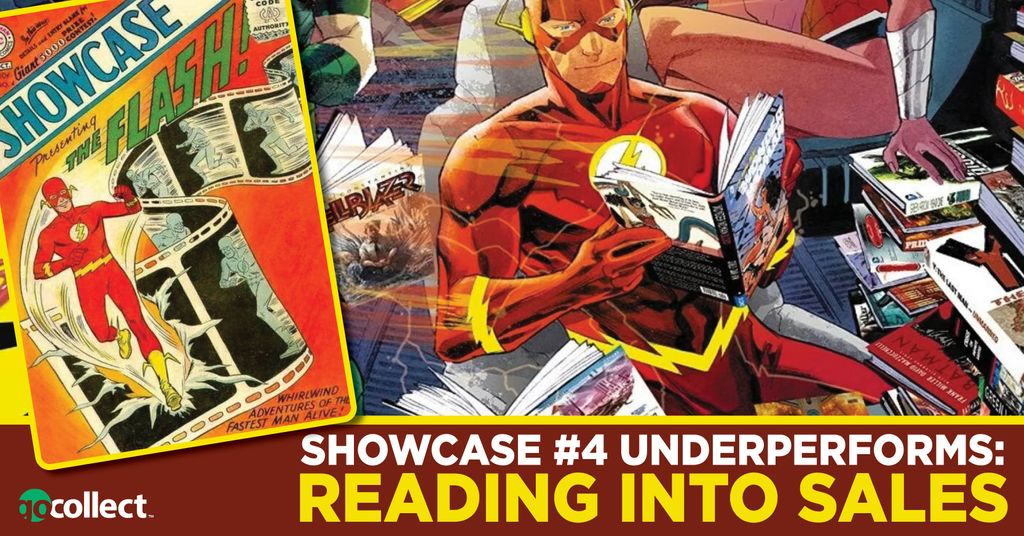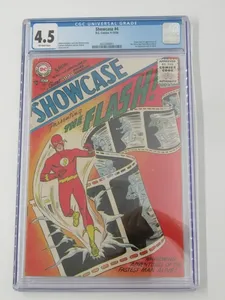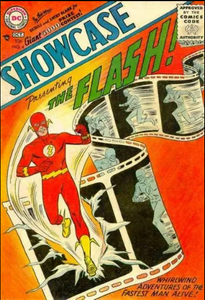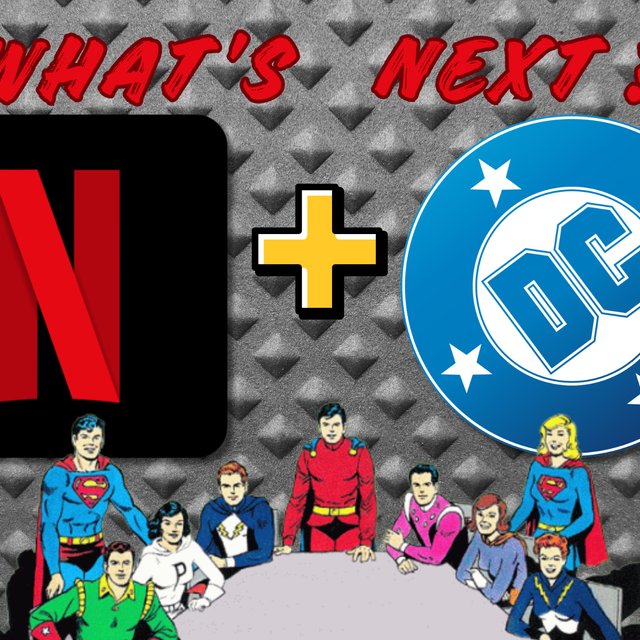
Different strokes for different folks
Not all auction houses are created equally. Some have comic auctions once a month while others may have only a few a year. Others have them every few weeks. Those differences are not a knock on these businesses. The frequency of the comic book auctions, though, is an indicator of their clientele's involvement.
The greater the frequency of comic book auctions, the better the chance that the buyers are there ready to bid and that they are knowledgeable. Fewer auctions increases the probability that many bidders may miss the auction.
Word eventually gets out
An analysis of competitive bidding is a very important factor. Bidders like to keep honey holes that produce great books at low prices to themselves. Eventually, others find out about these auction houses, and more hobbyists bid on their items. Soon, the prices adjust to closer to the established fair market value.
This level of awareness is easy to decipher by comparing the sales of various auction houses. When I review sales data, I like to know what these auction houses are getting for their books normally to see if something is happening out there. This data produces a micro-analysis of the market for that auction house. That information may be then extrapolated to the larger market. Recently, an auction house sale drew some light on the state of the market.
A Flash-y Icon
Mention mega keys and it is hard for anyone to not include Showcase #4. This issue marks the beginning of the Silver Age of comics as well as the first appearance of Barry Allen (The Silver Age Flash). Buyers recognize this book on sight. Many reproductions and variants have been released to mark the significance of this book.
In addition, this is a book that regularly goes for a premium because there are fewer than 600 copies in the CGC census. When it comes up for sale, buyers go for it with an "all-in" mentality.
That is, until recently.
Gone in a Flash
Heritage had a 5.0 sale on September 17 that went for $30,000. GoCollect had the FMV set at $32,000 at the time, so that dip was not that abnormal. That could be expected because, again, the economy is not as strong as possible so collectibles will be impacted. The problem is that iconic keys like this book rarely come to market. They regularly sell for a premium.
GoCollect reports on the escalating prices these books receive on a pretty regular basis. That slight sales dip required evaluation, if it was a COVID-19 price adjustment. Are buyers still out there?
Investors are leaving the hobby
The comic book market has been correcting from the high pandemic prices that once were the norm. Many books have decreased in value from those past high prices. Showcase #4 is a book that regularly gets bids from a select group of people who can pay very high prices to purchase this book.
An example of this was the .5 copy that sold roughly a year ago for over $6,000. The population of those buyers is smaller than exists for more inexpensive books. Their numbers may be small but they have the funds to buy these types of books.
A special type of buyer
Most in the field do not know, but special buyers exist in the comic book field. These individuals are buyers that have fiduciary duties to their clients. The client sets parameters that the buyer's agent must adhere to no matter the situation. This buyer's agent then has a legal obligation to conduct business that is in the best interest of the client.
These professional bidders come from a variety of backgrounds. They can be comic book shop owners, financial planners, or even... an attorney who writes for a comic book website.
I can actually tell what happened.
I have a background in dealing with a variety of collectibles and art. When an auction house put up a Showcase #4 for sale, I was contacted by a group to act as their buyer. They could not actively watch the auction so they needed someone to do it for them. They gave me a price limit with a one-time bump if, in my professional opinion, the extra bid was worth it. These are past clients who have always been willing to bid for items, but this time they had extra concerns.
More than one reason not to buy a book
They said they were more interested in risk assessment than a return on investment. Their concern was that the economy was not thriving when it came to other items in their investment portfolio. The jobs market report was released the day before the auction with news that the US created 336,000 jobs. This meant that the Fed would be eventually raising interest rates.
The group indicated it would not be advantageous for them to put more money into a book if they wanted to re-sell the book at a later date. They were also concerned with the lack of sales of these books. Others could be in the same risk position as this group. Buying an item only to be forced to hold it would drastically impact their ability to pivot if needed. This is a very important factor for all investors and collectors to know.
The GoCollect difference
There are very very few sales of this issue. A 6.5 sold for $38,400 at the beginning of this year. This was down from the $43,020 that sold in May 2018. That sale occurred a little over a year before the Covid pandemic.
The fact that prices seem to be falling for all books that coincide with recent economic indicators has people concerned. This included people who can pay for an attorney to act as their buyer along with a financial planner to manage their investments. If people like this have a low-risk tolerance then people reading this column should also factor in that into their comic book buying.
A tale of the tape
 Actual comic up for auction
Actual comic up for auctionThe book that was up for auction that I was bidding on was a CGC 4.5 Showcase #4.5. That last copy in this grade sold last year on June 19 at a Heritage Auction for $31,200. The winning bid at this auction was $23,800 (gavel price plus buyer fee). My clients were not the winning bidders. That was just a little above where my team of bidders pegged this book's value at auction, but by not much.
The GoCollect data had the FMV at $31,000. The sale was again below the GoCollect data but, with the economic news, right in the ballpark of what two bidders were willing to pay for this once-in-a-lifetime type of book. The reason was again because of the global economy.
Even though they were collectors who wanted the book, the financial side of the equation did not warrant the sale. It also should be noted that the auction regularly has book sales that land around the GoCollect FMVs. In addition, they sometimes sell raw books that meet that value as well. Numerous buyers were there, but very few who would normally be players for this book were willing to go all in and place their funds on this one book.
Why this article was written
Clients can allow their buyers who act in a fiduciary role to reveal privileged information. This is what happened in this case. They wanted others to know the final sales price for this auction house and how it could impact other sales.
Buyers who were into this book have indicated that many competitors who used to add comics to their portfolios are not doing so anymore. Prices are going down because of a lack of competition. This is even with the lack of frequency these books come up for auction. Those that do come to market do not hit their projected FMV. This is now starting to happen with the next level of keys.
People are afraid to sell a book that once had value but is now bleeding money. Collectors and investors are now fighting for books but are not willing to pay for them. It is not because they do not want the books but rather because the economy is hitting them elsewhere, limiting the funds available to buy books.
Joe, so what is the bottom line for me?
 CGC information for copy up for bid
CGC information for copy up for bidNow more than ever collectors and investors should be really really really concerned with the price they are paying for their books. Outside factors are now influencing the markets more than ever. Collectors should really analyze purchases because a book that sells one day for $5,000 may go for $3,000 in a month. Investors who are evaluating books for purchase should also now look at the frequency of sales of issues as well. The ability to get out of a book quickly may now be more important than it was in previous years.
This sale of Showcase #4 was a very important sale that drew a lot of eyes, but people's risk tolerance has now changed. The global economic market can also change in a day. That impacts the collectibles market. GoCollect provides readers with a wide range of information concerning sales. Please use all the data so that you are prepared to face what is happening out there now.
Finally, remember that what was true on Monday may not be true on Tuesday. The economy is changing that quickly.









